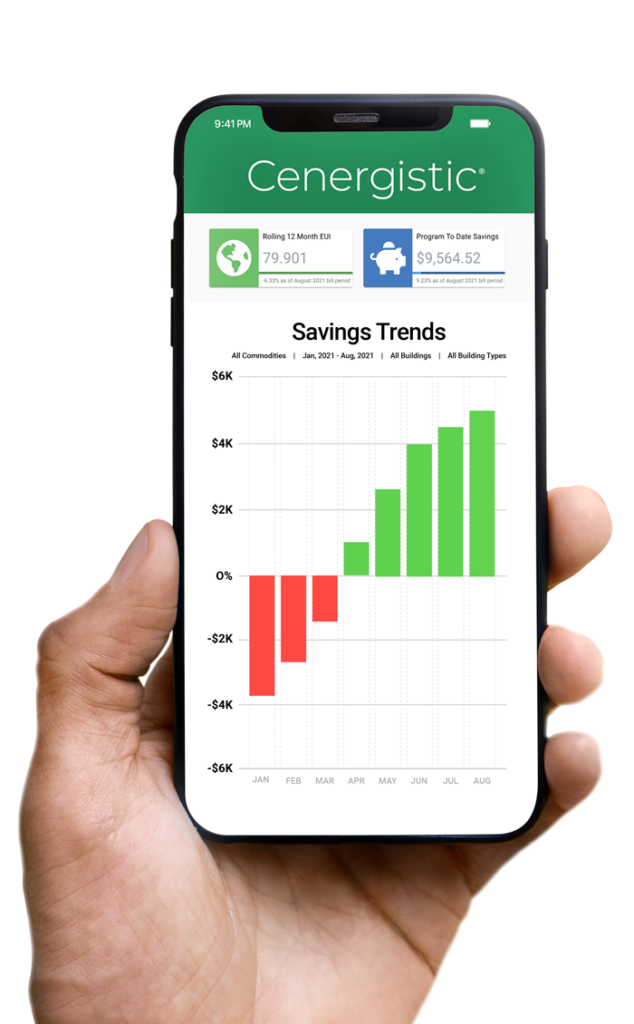A global shift in energy thought
‘Described as the Fourth Industrial Revolution by the World Economic Forum, a global economic shift is underway that is characterized by the ubiquitous adoption of digital technologies that, “Blur the lines between the physical, digital, and biological spheres.â€â€™ NAVIGANT White Paper report, published 1Q 2018
New technology and software solutions transcend the old ways of energy management and this highly technologically advanced era of energy and conservation has new visions for facilities optimization across the world. There are a massive number of buildings and facilities leaning toward a more networked system of energy assets. While in the past, basic energy needs were simply reliability, safety and affordability, we are now seeing new, emerging energy needs: flexibility, sustainability, autonomy and individualization.
In a recent study by Verdantix, it’s projected that the BEMS market revenue is to grow from $4.0 billion in 2017 to $13.1 billion by 2026. Additionally, of 250 global facility decision-makers surveyed, 86% thought it was either ‘very important’ or ‘important’ for their organization to improve its performance in energy data collection, analysis and reporting.
Facility Optimization Software
A major trend in the industry is the move towards deep data and operations analysis to develop better building management processes, achieved largely through facility optimization software. The convergence of information technologies (IT) and operational technologies (OT), as well as energy and asset management software, is the driving force behind optimization of facilities performance. *Software platforms are helping organizations to:
- Link energy management with asset efficiency
- Improve the management of equipment lifecycle and maintenance requirements
- Open up building automation and control systems for improved facility performance
*Source: Smart Innovators: Facility Optimization Management, June 2017 by Verdantix
Open Integration Systems
Facilities and operations managers are now using open integration across building technology solutions, which makes achieving greater energy conservation easier. In the past, the management of equipment life cycles, building automation and controls, and energy use and maintenance management have been done separately. Current solutions for FOM address the need for these three key components to work together. The drive to develop solutions that address the needs of multiple facility operational domains has forced energy conservation firms to implement open integration. Furthermore, software that allows for open protocol between systems, real-time data capture, predictive analytics, mobile tools and even implementation of automatic fault detections and diagnostic solutions have emerged.
In this new era, any building can optimize
No matter how small or large the building or whatever the budget constraints, energy conservation and facility optimization is attainable. More specifically, while there is constant pressure to increase cost-effectiveness, schools, universities, hospitals and municipal buildings are often under government or donor funding. But it’s with these stretched funds that facilities need technology to enhance their optimization. This is when companies like Cenergistic come to play. Through their expertise of highly-skilled program managers, engineers & analysts, advanced technology solutions, high-level analytics through EnergyCAP software and energy specialists embedded on the ground, these facilities can see an overall 20% – 30% reduction in energy consumption. As the energy space has evolved, we see that in this new era of energy and conservation, disruption is a very, very good thing.
